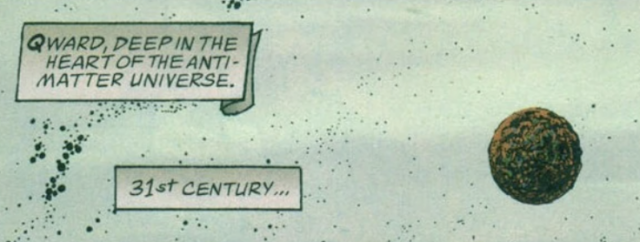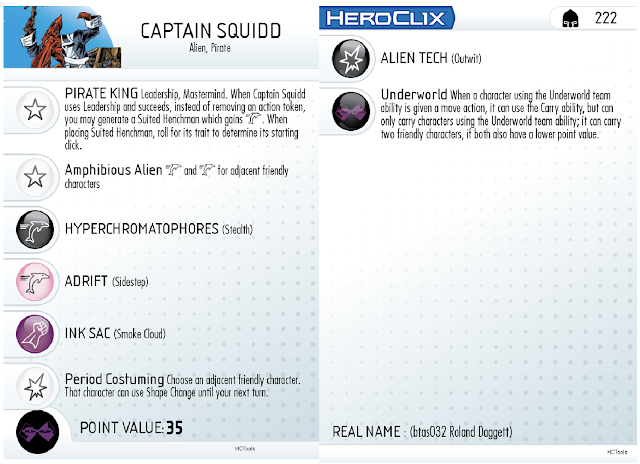 |
| But some were very much the same. |
Information was a rare commodity, and access to it was a privilege with a price. Lots of it wasn't available at all, and what was trapped on a piece of paper or film, in books or the like, stored away on shelf or in a box in a building. Information was PHYSICAL. And finding it was akin to archaeology.
This is the world in which Golden Age comic book writers lived. To write their stories, they became information hoarders. They consumed books and newspapers voraciously, writing down little facts on index cards that they could work into a story at some point.
 |
| Heroes did it, too. |
And it shows. If you read stories from those eras, you'll notice that one of the big differences is how didactic they are. Batman is always stopping to explain science or criminology to you.
 |
| Or even just how gas storage tanks works. |
It's not coincidence that one of characteristics of the Heroclix figure for "Super Friends" Batman is:
Silver Age writers did the same thing but they didn't content themselves with actual science. They were mostly sci-fi geeks, so they didn't hesitate to make up science for their stories if they thought actual science was too boring.
 |
| The Flash is responsible for perpetuating more false science than every flat-earther on the globe. |
The DCU is, as you know, lousy with subatomic worlds.
 |
| Horton the elephant would have a conniption in the DCU. |
This one, like so many DCU alien places, has yer typical obvious fake name; you know, just put an X, Y, or Z in it and it sounds "alien".
 |
| For once, can't we encounter a planet named "Betty" or "Myrtle"? Oh, wait, those have Ys in them... |
This particular subatomic world is named "Starzl"; again, a laughably fake bit of alien sounding gibberish the authors obviously slurred out of their gin-laden mouths at lunch time.
Or is it?
In the process of looking up more about the antagonists in Starzl (Terrane, Ocana, and Etheran, by name) something else turned up in my search:
Roman Frederick Starzl, a science fiction writer. Writer, in fact, of "Out of the Sub-Universe" in Amazing Stories Quarterly (Summer 1928).
 |
| "Well, of course, I'll send my daughter and her fiance; whom else could I trust?" They die almost immediately after, by the way. |
I'm an uncultured clod and had never heard of Starzl.
 |
| Pictured: Me in 1928, not reading Starzl. |
Silver Age writers, on the other hand, were well-read and when the time came to name a sub-atomic world they just naturally named it after one of the pioneers of sub-atomic lit, R.F. Starzl. They didn't expect their 10 year old readers to know his name; they didn't care. This wasn't an "Easter Egg"; easter eggs are inserted with the explicit expectation that someone will notice (and then share that information with everyone interested, thanks to the internet).
These writers didn't use "Starzl" because they thought someone would notice; they did it because it mattered to them. In the same way that modern comic book writers will name a street or a building after a former creator relevant to the main character, past writers would name things after the creators who inspired them, sci-fi and pulp writers like Roman Starzl.
And now because they did, I know a little bit more than I did before. Who knows I might even read Starzl's "Out of the Sub-World". If it's online, I mean; god forbid I should touch a physical book.
As for you; be smarter than I.
Don't assume that everything you see or read comes out of nothing or has no meaning or no connections to something else. Search for context, no matter what information or entertainment you are consuming, and you'll find it a much richer experience.













































